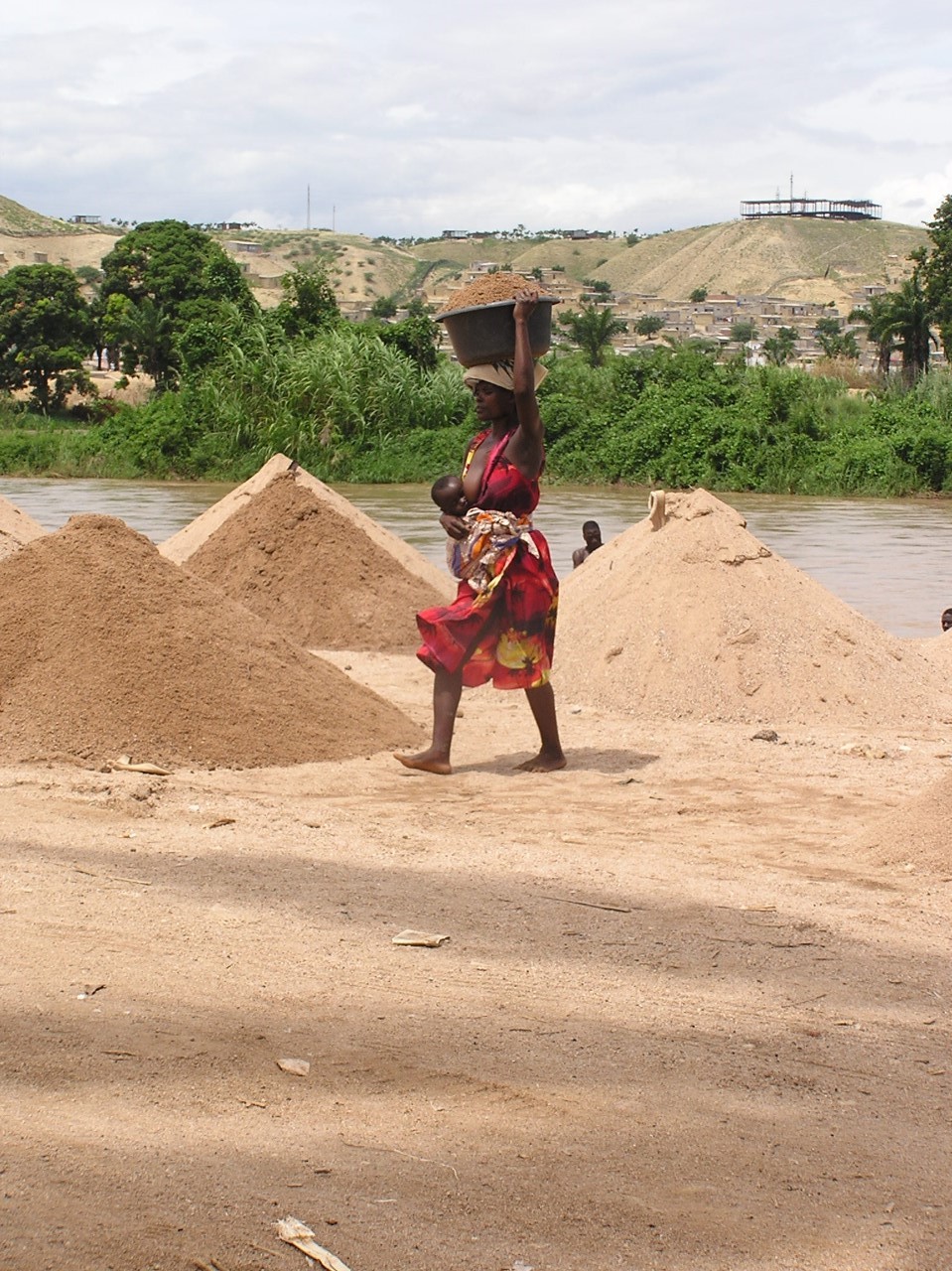Looking for the climatic signal in sediment composition. Lessons from equatorial to sub-littoral southwest Africa
- Compartir en Linkedin
- Compartir en Facebook
- Compartir en las redes:
El martes 21 de marzo a las 10:00 h., en la sala de Grado de la Facultad de Ciencias del Mar, siguiendo con el sexto ciclo de Charlas de Ciencia Compartida 2016/2017, tendrá lugar la charla presentada por Pedro Dinis, profesor de la Universidad de Coimbra: "Looking for the climatic signal in sediment composition. Lessons from equatorial to sub-littoral southwest Africa".
"The Atlantic margin of southwestern Africa is characterized by a strong latitudinal climatic gradient, being an excellent natural laboratory to investigate the effects of climatic on sediment composition. The mineralogy and geochemistry of fluvial and coastal samples are strongly affected by the source area lithology and recycling processes. Consequently, weathering parameters display complex patterns of variation, especially for sand samples. Among all mineralogical and chemical parameters, those that correlate best with rainfall in the drainage areas are some αAlE values (estimating the degree of depletion in element E relative to the UCC standard) and clay mineralogy. These proxies seem to be better climate estimators than the classical weathering indices, although the relatively good results may be somewhat fructiferous".
Pedro Dinis is an Assistant Professor at the Earth Sciences Department of University of Coimbra. His research is focused on clastic sedimentology of both sediments and sedimentary rocks. During the last years he has been mainly interested in the processes that control sediment texture and composition, with particular emphasis on provenance, weathering and recycling effects. One of his recent projects involved the investigation of present day deposits from southwest Africa between Namibia and Congo.


